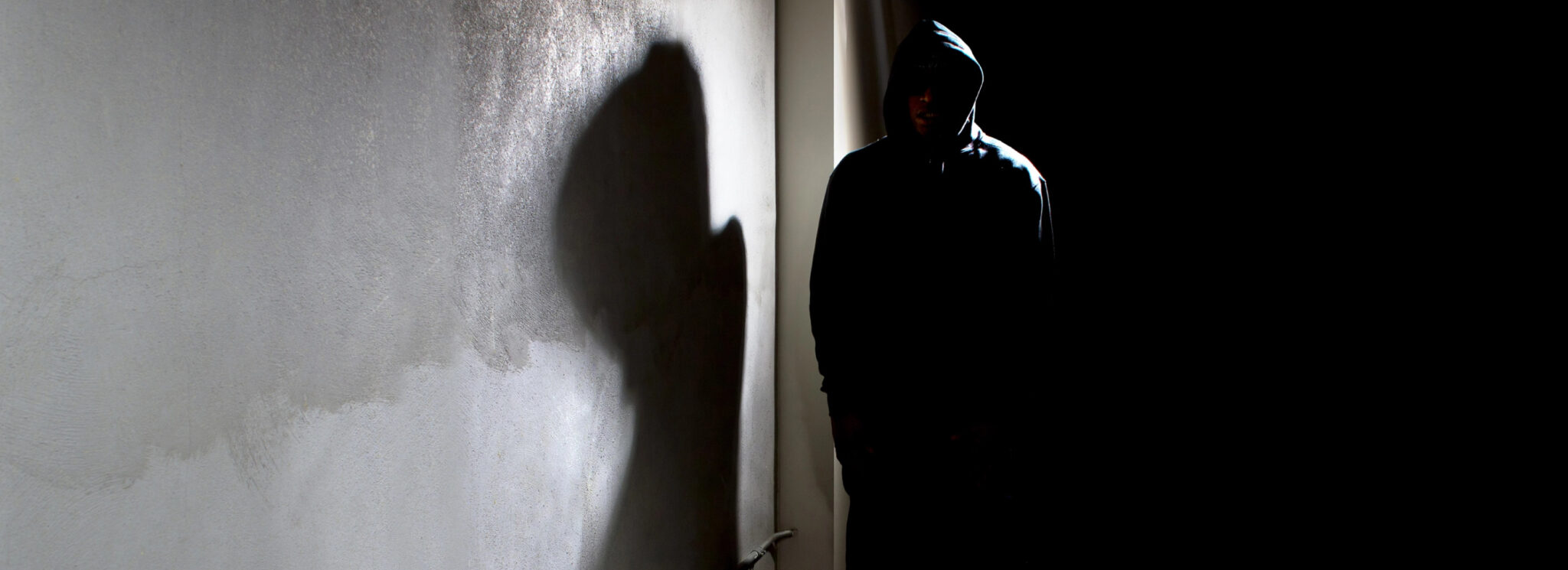What is loitering and why is it a problem? Loitering means hanging around in public spaces without a clear reason to be there. It’s considered one of the minor legal offenses- like public nuisance and illegal lodging and doesn’t carry severe legal penalties. But it can disrupt business areas, like commercial retail spaces, restaurants, office buildings, and multifamily residential communities, by making customers and employees uncomfortable. This article will cover the laws, effects and solutions related to loitering.
Key Takeaways
- Loitering is being in a public place with no reason to be there, especially in commercial areas, that can harm businesses and customer safety.
- Loitering laws are enforced differently by jurisdiction depending on local priorities, historical context and concerns around racial profiling and police powers.
- Proactive measures like good lighting, controlled access, video surveillance and a clean environment are key to preventing loitering and keeping commercial properties safe.
What is Loitering in a Public Place?
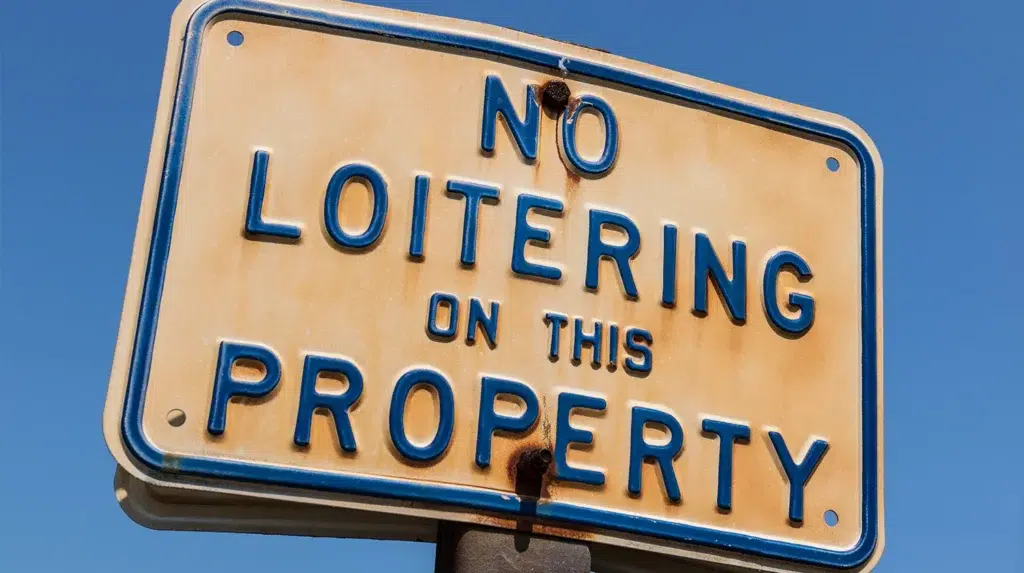
Loiter means to hang around with no purpose. This happens in public places without a reason. This seemingly harmless act can have big consequences, especially in commercial areas. In the state of New York for example, the legal definition of loitering carries important implications for individuals utilizing public spaces. Specifically, loitering is defined as remaining in a public area with no valid, lawful purpose. This goes beyond simply passing through or briefly stopping – it means lingering in a location in a way that raises reasonable suspicion of potential illegal activity.
Examples of loitering are hanging around closed businesses, staying at bus stops without intending to travel, or staying in parks after hours. In commercial properties, loitering is when someone hangs around a property without permission and doesn’t intend to do business. This can be uncomfortable for customers and employees and affects the bottom line of the business.
Now that you know what loitering means you can spot it and address it.
Modern Loitering Statutes and Laws

Modern loitering statutes vary by jurisdiction and some areas have specific behaviors that are considered loitering. The interpretation and enforcement of these laws can differ by state and municipality depending on local concerns and priorities. In some areas loitering is considered a public safety issue and has stricter penalties and more enforcement, in others it’s a minor offense.
The historical context of loitering laws is also worth noting. In 1972 the US Supreme Court struck down many vagrancy laws and laws were reevaluated. This has resulted to a patchwork of laws where some jurisdictions have strict loitering penalties and others have looser regulations. State specific time and place restrictions and association with other crimes can determine if loitering is a crime on various grounds, including the location such as school grounds.
But enforcement of these laws is not without its problems. Racial profiling and use of police force are limits on police powers to disperse loiterers. In areas where loitering is a minor offense, businesses often work with law enforcement to manage and report loitering incidents. Knowing these details is key for businesses and property owners to navigate the loitering laws.
Loitering on Commercial Properties
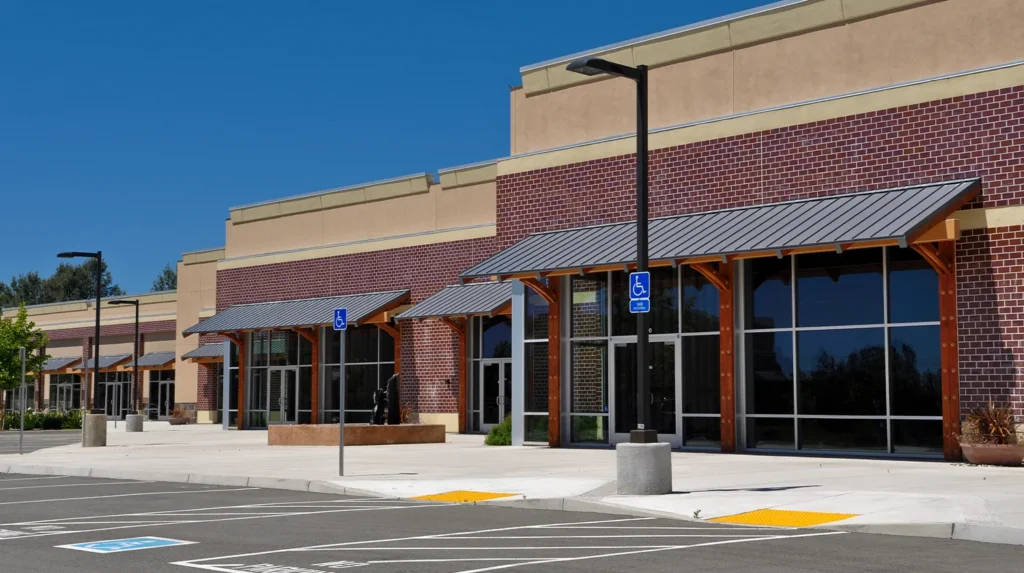
Loitering, especially when it involves unauthorized commercial activities, can have a detrimental impact on the safety and vibrancy of retail centers and other commercial properties. When left unchecked, persistent loitering can create an uncomfortable environment that discourages customers from visiting, ultimately affecting the performance and reputation of the businesses located there.
The presence of loiterers introduces a range of security threats, from theft and vandalism to more serious criminal activities. These issues not only harm the individual businesses but can also damage the overall perception and appeal of the commercial property. For example, visible signs of vandalism, like graffiti, can attract even more loiterers by signaling a lack of oversight for the area.
This vicious cycle of neglect can lead to reduced foot traffic and lower sales for tenant businesses. Customers and potential tenants may be deterred from engaging with a commercial space that looks unsafe or uncared for and ultimately impact the long-term viability of the property.
Beyond the reputational and financial losses, property owners may also be liable if someone is injured on the premises due to the presence of loiterers. Proactive security measures are key to mitigate these risks and create a welcoming and secure space for everyone.
How to Prevent Loitering on Commercial Properties
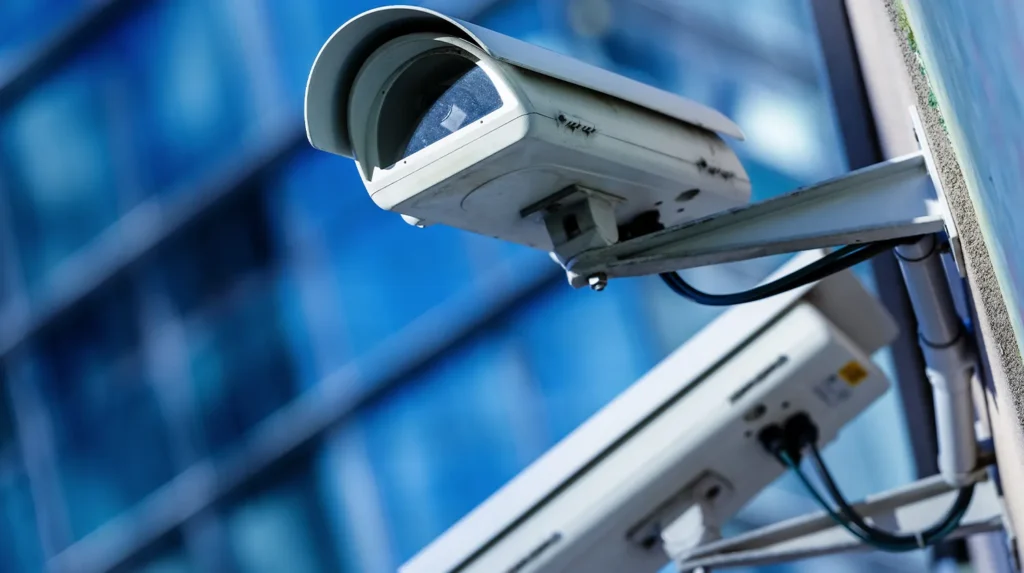
Loitering on commercial properties requires a multi-faceted approach. A common example hotspot for issues are parking lots where groups may gather and be told not to loiter. CPTED (Crime Prevention Through Environmental Design) can discourage loitering by creating spaces with good lighting and clear lines of sight. Posting clear ‘No Loitering’ signs can inform people that loitering is prohibited, and action will be taken against offenders.
Music or bright lighting at entrances can also deter loitering. Strategies for loitering on commercial properties include environmental design, signage and ambiance.
Lighting
Good, bright lighting throughout the property can help chase away loiterers, who are drawn to dark areas where they can hide
Low pressure sodium (LPS) lighting can also work. LPS chases away loiterers by changing how people look under its light- deterring them from hanging around, especially loiterers who might be engaging in illegal sex work.
Fencing and Controlled Access
Using strong fencing not only stops unwanted entry but also lets you see who’s coming and going on the property. Fencing creates a single point of entry and exit. Implementing natural access control through fences, shrubs or other physical barriers can limit areas where loitering can occur.
Strong fencing and controlled access points monitor and limit entry to commercial properties on site.
Live Video Surveillance with Remote Monitoring
ECAM’s live video monitoring and surveillance solutions are proactive, allowing businesses and commercial property managers to detect potential issues before they become problems and deter loitering and crime. Remote video monitoring systems like ours can alert onsite security or local police dispatchers of loitering incidents in real time so they can act immediately. Visible security cameras can help scare off loiterers by making them aware they are being watched.
Businesses should work with a professional security company to ensure their system is working and reliable and focus on high quality footage and camera placement for monitoring and intervention.
Stealth offers additional services that support this proactive security solution, with security that never sleeps, covers many areas simultaneously, and helps ensure the safety of onsite staff, tenants, customers, and residents. Stealth has a department that reviews video surveillance and relevant cameras to provide a summary of any incidents with any related police report data as well, video evidence which can be critical in criminal and liability cases.
How to Deter Loiterers
Keep your property clean and tidy and it will send a message that the area is looked after and will deter loitering. Creative measures like playing classical music outside shops have been found to deter loitering, especially among teenagers. Visible security cameras will deter loitering by making people feel like they are being watched.
Hiring private security is a quick fix to loitering situations. You can post ‘No trespassing’ or ‘No loitering’ signs and ask loiterers to leave, but it’s often safer to involve law enforcement or use a proactive security solution like live video monitoring.
Loitering Prevention
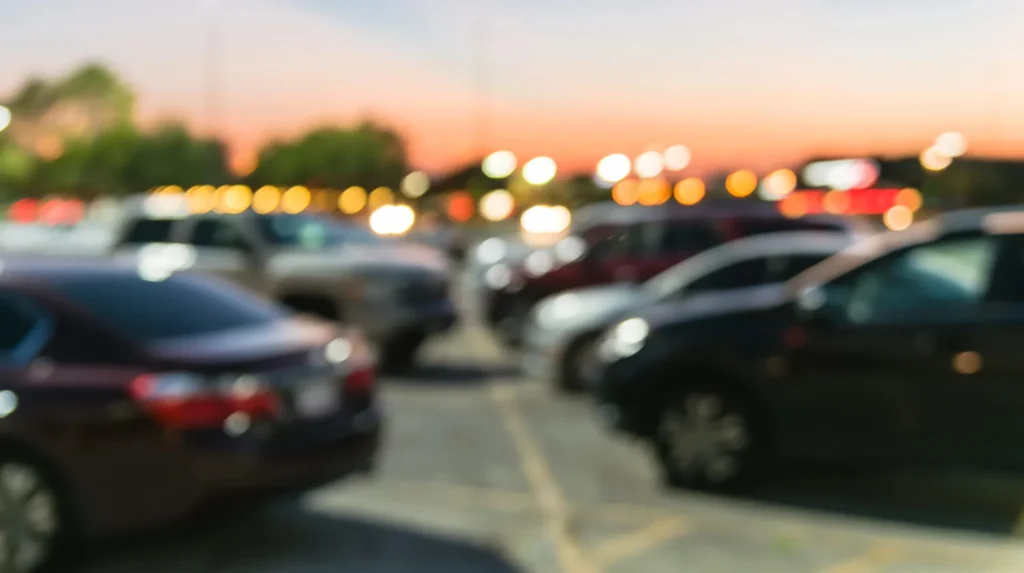
Preventing loitering is often a joint effort between law enforcement, local government, businesses and community groups to tailor solutions to the specific needs of the community. For example, using remote surveillance systems with proactive audio warnings can deter loitering in real time.
Loitering is a complex issue that affects public safety, businesses and communities. Property owners and business managers need to know the definition, laws and consequences of loitering. Proper lighting, fencing and video surveillance can reduce loitering incidents and make commercial properties safer and more attractive.
Preventing loitering not only protects the business’s bottom line but also the community. By following the tips in this blog, stakeholders can create environments that deter loitering and promote good behavior.
Contact us to learn more about a proactive security solution to help deter loitering and other unwanted activity.
Frequently Asked Questions
How does loitering affect a commercial property?
Loitering affects commercial properties by compromising security and scaring away customers, employees and visitors, ultimately damaging the property’s brand and resale value.
What are the consequences of loitering on a commercial property?
If individuals are allowed to loiter on a commercial property in a way that looks suspicious it can make the property look neglected and increase the chance of crimes happening. If someone gets injured on the premises the property owner can be held liable.
Property owners need to take action to address these concerns to keep the property safe and looking good.
How do you keep a commercial property looking good to deter loitering?
Routine property maintenance, trash pick-up, and keeping the property landscaped. These proactive steps not only keep the space clean but also show the area is cared for and managed.
How does fencing prevent loitering?
Fencing prevents loitering by creating a controlled entry point, making it easier to monitor and manage who comes and goes on the property.
It deters loiterers and is overall more secure.
Why is good lighting important for commercial properties?
Good lighting is important for commercial properties as it deters loiters who are drawn to dark areas, and well-lit areas are safer and more welcoming for customers and staff.
